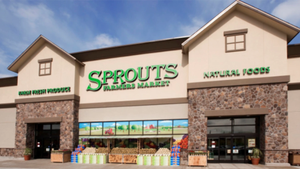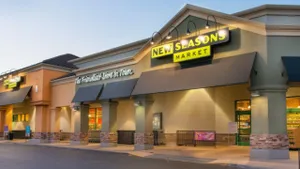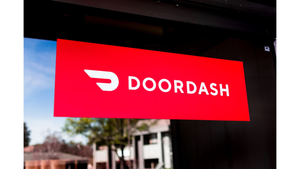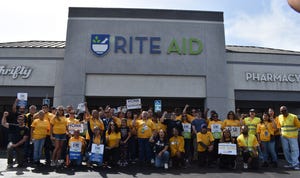Food Forum: The in-store experience revealed
January 1, 2018
What are shoppers looking for in a grocery store? Hint: A clean store will go a long way. By Giovanni DeMeo Shoppers today have a myriad of stores to choose from and retailers face competition at every corner—on the street and online. Of course, price and location are always key factors to getting people into a store. But discount chains and higher-end options regularly coexist in close proximity to each other, so those clearly are not the be-all and end-all. What, then, are the less tangible elements of the in-store experience that influence consumers’ decisions of where to shop? And once they get in the front door, what keeps them coming back? To find out, Interactions surveyed a broad sample of shoppers from all geographies, demographics and income levels for our latest Retail Perceptions report. While it might come as a surprise to some, the answers revealed go well beyond SKU assortment, layout and other factors retailers traditionally focus on when trying to win shoppers over. We asked shoppers to rank the following four factors of the in-store experience in order of importance: a positive checkout experience, the ability to give feedback, a clean store and friendly and knowledgeable store associates. The surprising factor that came out on top? One of the easiest things for stores to control: cleanliness. It seems shoppers are truly willing to put their money where their mouth is when it comes to this. Nearly a quarter of all shoppers say they shop at a competitor versus their local grocery store due to cleanliness issues. Another 18% on top of that say they reserve their local store for quick in-and-out trips only. These shoppers are not looking to do a white-glove test. In fact, their wants are fairly basic. Ranked by shoppers in order of importance, they are looking for stores that 1) smell clean; 2) are well-lit; 3) have a clean checkout area; 4) have neat and orderly product displays; and 5) have well-maintained restrooms. Another area with great potential for improving loyalty and minimizing lost customers is ensuring positive interactions with store associates. Fifty-four percent of consumers currently shop at a grocery store whose associates do not meet their expectations. Again, shoppers are not asking for the moon. They simply want associates to be friendly, knowledgeable and easily accessible. A lot of this comes down to associate training. Similar to store cleanliness, that is not cost prohibitive. There are many low-cost solutions that are well recognized. If you look at the best-in-class examples—like Whole Foods, Wegmans and Target—they are meeting shoppers’ expectations in these and other areas, yet they are still very profitable. The survey also revealed shoppers’ opinions on what constitutes a positive checkout experience and how they prefer to provide feedback to retailers. Several trends emerged: nearly half of consumers shop at a grocery store that does not meet their expectations for a positive in-store experience in some way—and nearly one in four shoppers have switched to a competitor for their primary shopping trips because of such issues. The silver lining, however, is that more than nine out of 10 those consumers say they would return to their local store if the retailer made a commitment to improving cleanliness and monitoring checkout lanes and store associates. This shows us there is a high-percentage of unstable shoppers out there. If someone else comes in and gives them what they want—you are going to lose them. But if you make an effort to truly listen to consumers and make changes accordingly, they will reward you with their loyalty. The survey results make it clear that the old way of doing things is not working. Retailers need to find ways to change the in-store experience—and experts can help them do that. A lot of retailers will think they can build their own programs. But it is more effective—both in terms of cost and outcomes—to bring in people whose sole focus is building an unbiased, action-oriented program that aligns with what shoppers want, and minimizes losses while maximizing loyalty. Giovanni DeMeo is vice president of global marketing and analytics at Interactions, provider of in-store product demonstrations and outdoor experience marketing programs for retailers and brands. He can be reached at [email protected].
About the Author
You May Also Like




